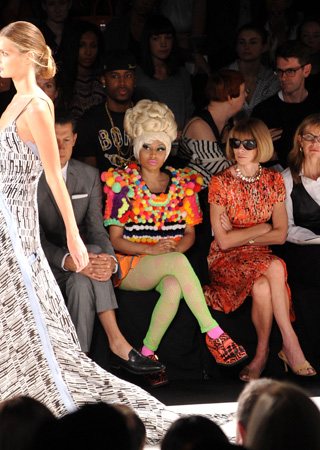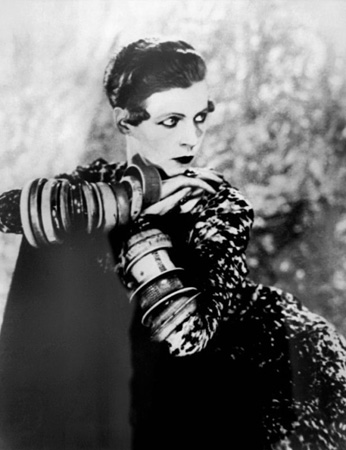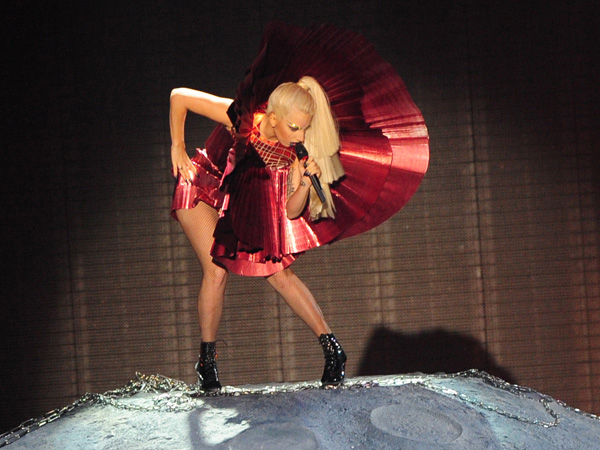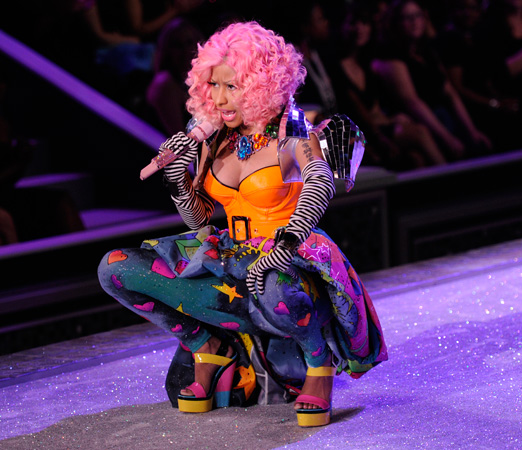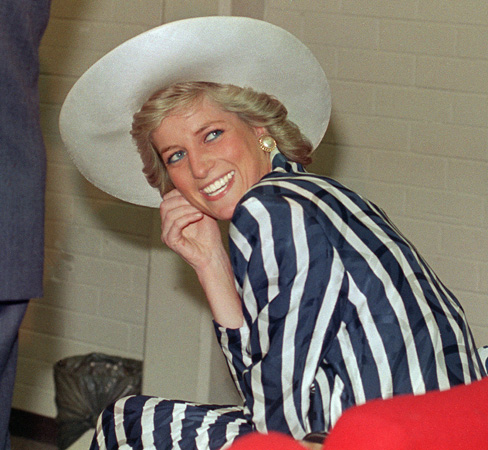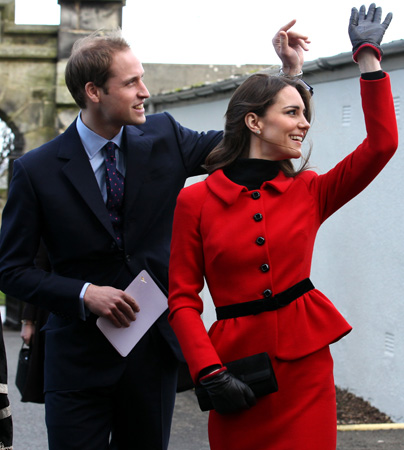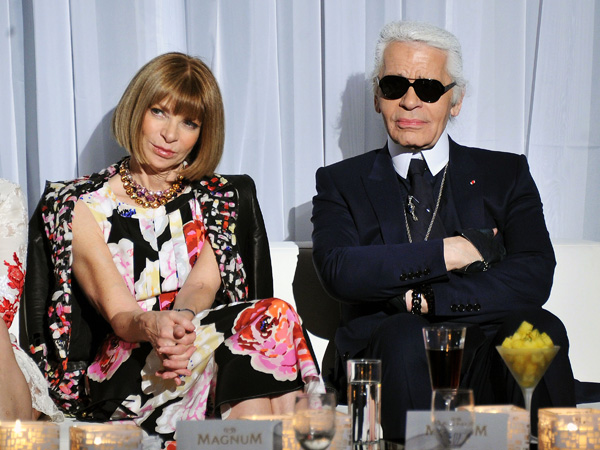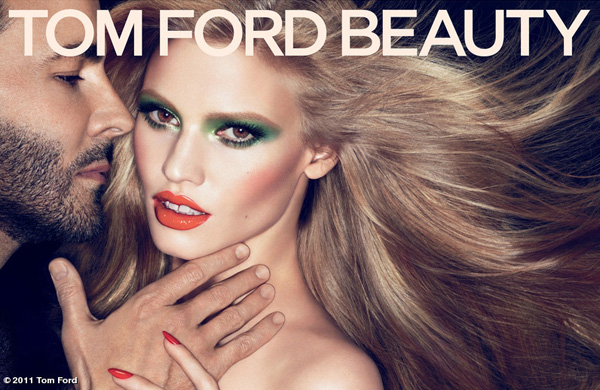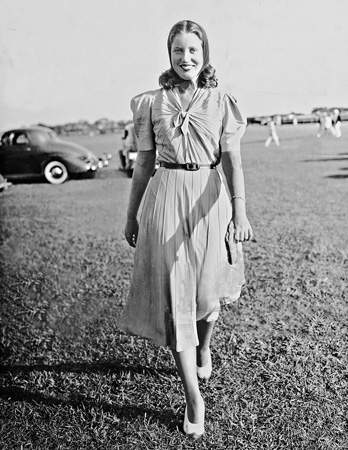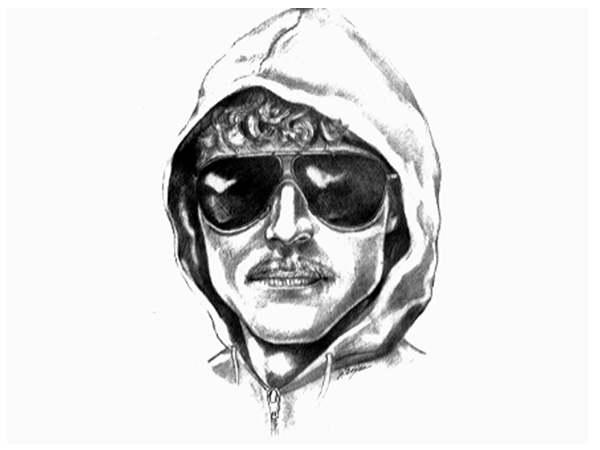What Is a Fashion Icon?
Does Tilda Swinton count? How about Kate Middleton? Nicki Minaj?
Last week I spoke at a symposium. I don’t know about you, but when I hear the word symposium I experience a certain frisson. “Speaking at symposium” is a bit like “heading up a delegation.” It’s very Bourne Identity, if you know what I mean. Imagine being able to say, “I will be arriving with my delegation…for the symposium.” Wouldn’t you feel all tingly and filled with international savoir-faire?
And the subject of said symposium? It was titled “Fashion Icons and Insiders.” When I sat down the night before to prepare my symposium notes I finally clocked the small print. Yikes! They wanted me to talk about what it was like to “be a fashion icon.” It was at this juncture that I realized the term ‘fashion icon has become a little too inclusive. Clearly it is now being tossed around like an old Nine West handbag. If I am a fashion icon then so was Ratso Rizzo and so is Raisa Gorbachev.
Naturally my inclination toward pedantry kicked in and I found myself using that podium to nitpick my way toward new and tighter definitions, seven in total. Permit me to elaborate:
The High-Fashion Icons. These are the unconventional, stop-at-nothing, Dada fashion provocateurs. Their compulsion to astound and confound others with their personal appearance is made more mysterious by the fact that it seems to serve no specific function. Historical examples include the Marchesa Casati—she rimmed her eyes with kohl and shared her Venetian palazzo with leopards and gorillas—and that posh flapper-gone-bad, Nancy Cunard. Back in the 1920s, Nancy wore armfuls of ivory bracelets and proudly flaunted a taboo-busting sexual attraction toward black dudes.
The Right Honorable Daphne Guinness is the Casati/Cunard of today. If you find yourself in NYC this holiday season do not miss her eponymous exhibit at the Fashion Institute of Technology—my symposium was timed to coincide with Daphne’s exhibit—where you will find her fashion daring magnificently unfurled.
Examining Daphne’s monstrously unwearable shoes and her beautifully insane McQueens and Chanels, one realizes that being a high-fashion icon is not for sissies. Having ratcheted up the expectations of those around her, a high-fashion icon is then obliged to hobble around in ever more outrageous outfits while maintaining a brutal minimum weight. Being a high-fashion icon is, in many ways, a life of service. It’s not surprising that these broads eventually retreat from the public gaze or simply burn out. Bianca Jagger is a good example: In the 1970s she was the most beautiful and daringly stylish gal in the world. Though wildly feminine, Mick’s former missus could also butch it up in nifty George Sand suits. With her bowler hats and canes, she was a key patron of the Savile Row tailor shop where I worked at the time. By the ‘80s she had ditched the dandyism and become an anorak-wearing politico.
Celebrity Fashion Icons. Loathe though I am to include freebie-clad movie actresses in this discussion, I must admit that there are a few who bring iconic individuality to the red carpet. The extraordinary Tilda Swinton is numero uno. With her languid, effortless, pensive beauty, she is the un-Kardashian. Cate Blanchett and Sarah Jessica Parker are also in this category. Women do not necessarily wish to resemble these celebrity fashion icons. They see these gals as sacrificing sexual attractiveness for a potentially man-repelling style. It’s hardly surprising that the celebrity fashion icons’ biggest fans are, in fact, are the designers themselves. As with high-fashion icons, the celebrity fashion icons frequently play the role of muse. If Tilda wears your frock you go to bed happy.
Popular Style Icons. These are the women we all want to look like, and as a result this group is bewilderingly and fabulously diverse. Pop style icons of yore include Mary Pickford, Joan Crawford, Marilyn, Twiggy and Madge. More recently we have Pamela Anderson and Paris Hilton. These are the gals who epitomize the zeitgeist of a particular era and impact the style of the ordinary woman on the street. I have always had a soft spot for the ordinary woman on the street. There she is, down on that street, getting whistled at by construction workers—if she’s lucky—and battered by gusts of wind and rain. Be nice to her. Never forget that the ordinary woman on the street is “at risk.” She is at the mercy of all those iconic pop influencers: Thanks to Rihanna and Beyonce, the ordinary woman on the street is now obliged to leave the house without a skirt on, and it’s getting chilly out there.
Combo Platter Icons. Lady Gaga and Nicki Minaj somehow manage to be both screechingly pop and wildly haute couture: As a result they inhabit all three of the above icon clusters.
Royal Style Icons. These gals deserve their own group. Though they tend to be restrained and sometimes even downright turgid in their personal style, they are often hugely influential. Having been born the year of the coronation of HRH Elizabeth II, I grew up surrounded by women who aped the Queen’s off-duty sweater sets and that strange horned hairdo. In the ‘80s the ordinary woman on the street switched allegiances to Princess Diana. Now Kate Middleton, the Duchess of Cambridge, is the go-to royal. American first ladies have much in common with this group. Their discreet and excessively scrutinized fashion choices must reflect a sense of appropriateness while simultaneously communicating self-denial. As with the royals, they must avoid any of that Parisian chic; anything too continental might suggest vanity or bitchy self-indulgence.
Iconic Fashion Insiders. By creating a singular look for themselves, certain fashion functionaries ensure that they are easily recognized by the ordinary woman on the street. There are very few of these people. In fact you can count them on the fingers of one hand: Anna Wintour, Karl Lagerfeld, Donatella Versace, and Valentino. Each has a signature flourish or two. Bestubbled hunk Tom Ford is a contender for the fifth finger: His continuing appearances in his own ads—Why is he making pervy eyes at model Lara Stone? I thought he was gay. And isn’t she married to that bloke from Little Britain who drags up as the old lady with urological problems?—are paving the way toward icon village.
Improbably and Unwitting Style Icons. This, as the hippies used to say, is a really freaky scene. The best example is probably Edie Beale. Fashion designers are obsessed with the vivacious lunacy of the Grey Gardens star, who breezed through that documentary wearing upside down skirts and blouse-as-head-wrap confections. Other improbable fashion icons include Ukrainian fire-cracker Yulia Timoshenko—she of the folkloric braid crown and recent imprisonment—and, of course, the Unabomber, whom many credit with repopularizing hoodies and ‘70s aviators.
I am sure there are plenty more improbable style icons out there in the ether. However, I am much too tired to continue racking my brains. I am suffering from symposium fatigue and need to take a nap. While I snooze, please toss your favorite unwitting style icons into the comment box.
